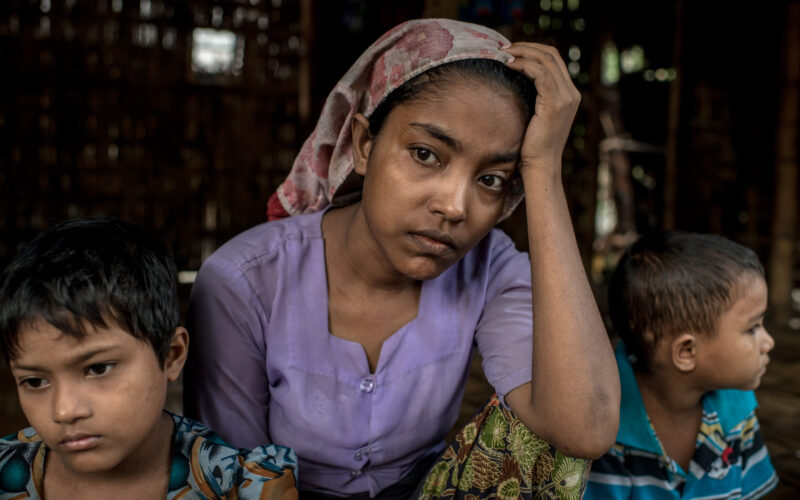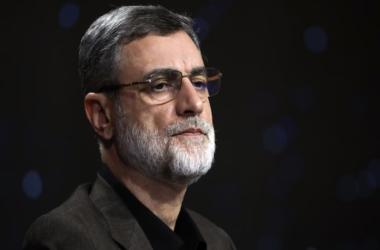The Rohingya, already targeted by the Myanmar military in 2017, are now caught in the crossfire as fighting between the Myanmar military and the Arakan Army (AA) intensifies in Rakhine State. The recent escalation has placed thousands of mostly Muslim Rohingya residents at increased risk.
Interviews with Rohingya activists reveal widespread fires in Buthidaung over the past few days. While some accuse the Arakan Army of orchestrating the arson attacks, the AA denies these claims, attributing the fires to Myanmar military airstrikes.
The situation has forced thousands of Rohingya to flee, seeking safety amidst the violence between the military, which seized power in a coup over three years ago, and the AA. This conflict adds to the Rohingya’s precarious position, following a brutal military crackdown in 2017 that is now under investigation for genocide.
Nay San Lwin, co-founder of the Free Rohingya Coalition, described the dire conditions, noting that displaced individuals lack food, medicine, and even basic belongings. The AA, which has about 30,000 troops, issued an ultimatum last week demanding the Rohingya leave Buthidaung, exacerbating the crisis. Reports indicate that the AA attacked key shelters, including a school and a hospital, resulting in numerous injuries and fatalities.
Since May 17, thousands of Rohingya refugees have sought refuge in central Buthidaung, occupying available spaces like houses, government buildings, a hospital, and schools. However, the state’s internet and mobile phone networks being largely shut off makes it difficult to independently verify these reports.
The AA, while denying involvement in the arson attacks, has announced control over Buthidaung. Their Commander-In-Chief, Twan Mrat Naing, posted a warning on social media, urging the Rohingya to abandon what he called a “misbegotten scheme” for an Islamic safe zone, a term the Rohingya consider derogatory.
The United League of Arakan blamed the Myanmar military for the fires, condemning the aerial attacks on Buthidaung. Human rights groups are alarmed, warning of the potential for another severe wave of ethnic violence, potentially worse than in 2017 when more than 750,000 Rohingya fled to Bangladesh.
About 600,000 Rohingya remain in Myanmar, mostly in Rakhine state, living under severe restrictions. Fortify Rights, a human rights organization, describes the situation as extremely tense, with thousands of Rohingya reportedly trapped in rice fields at night, including children.
The Special Advisory Council to Myanmar (SAC-M), consisting of former UN special rapporteurs, has expressed concern over the situation. Yanghee Lee, a former UN special rapporteur, noted the risk of escalating violence and urged the UN Human Rights Council to take immediate action.
Geospatial analysis by Nathan Russer from the Australian Strategic Policy Institute indicates that the recent arson attacks likely originated from the AA. Satellite evidence suggests widespread arson targeting Rohingya settlements, corroborated by eyewitness accounts from Buthidaung.
Local Rohingya have reported that military air attacks occurred on May 19, with arson beginning later that evening. This timeline supports claims that the AA is responsible, as Myanmar military troops had reportedly left the town days earlier.
Wai Wai Nu, director of the Women’s Peace Support Network, also suspects the AA’s involvement. She described the current situation as potentially worse than 2017, with mass killings reported in different villages. She emphasized the need for ethnic armed groups and the broader pro-democracy movement to protect vulnerable communities, particularly the Rohingya.
Nay San Lwin has been struggling to gather information from Buthidaung due to the poor mobile network. He reported that AA troops forced residents to leave their homes before setting fires, leaving most of the town in ruins.
As the conflict rages on, the plight of the Rohingya in Rakhine State continues to draw international concern, underscoring the urgent need for humanitarian intervention and protection for this vulnerable population.








